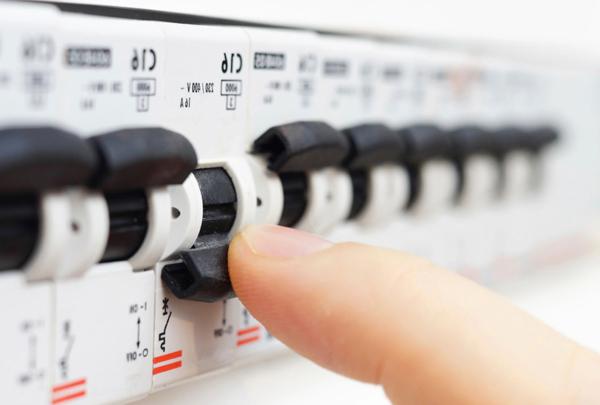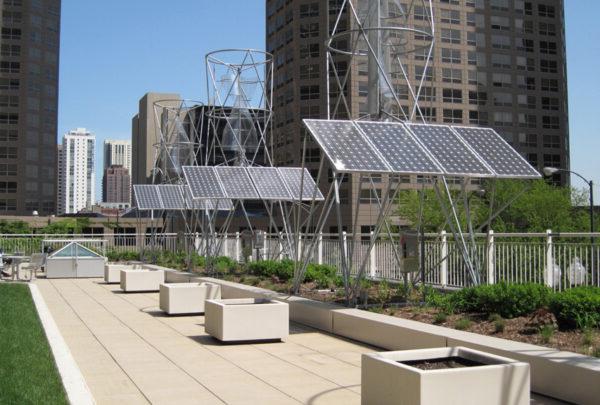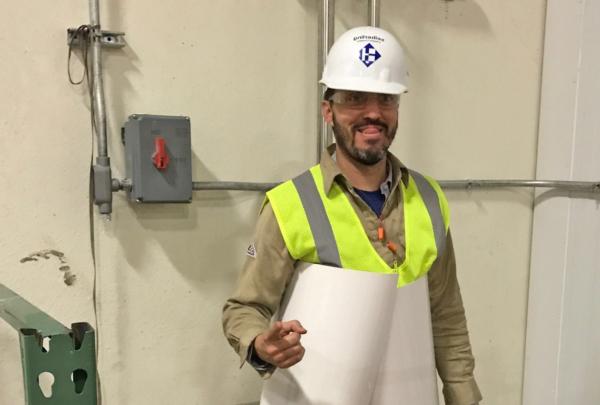Clean-in-place (CIP) and steam-in-place (SIP) are essential pieces of the cleaning puzzle for manufacturing facilities, particularly in the food, beverage, pharmaceutical and life sciences industries. Ensuring a clean and, in many instances, sterile environment is necessary for product safety, shelf-life and value of the products being made at these facilities.
Seiberling, a 澳门足彩app Company, was founded as a design engineering firm with a unique focus on crafting hygienic solutions for complex manufacturing process systems. Developing innovative ways to incorporate the benefits of CIP and SIP into the appropriate environments has defined its work for more than 40 years.
Food Industry Expertise
澳门足彩app has been ranked in the Top 5 of Engineering News-Record’s Food & Beverage Manufacturing Contractors for the past 12 years, including seven consecutive years in the Top 2. Our expertise spans the grocery aisles, from emerging sustainable proteins and pre-packaged food service items to confectionery sweets and baked snacks.
“Our core business is designing for products that need a high degree of sanitation,” said Mike Byron, Design Director for 澳门足彩app Food and Pharmaceutical Process Engineering. “Our specialty is we know the process, but we also integrate the cleaning and, if needed, the steaming into the process upfront rather than appending it after the fact.”
It’s essential to understand the nuanced differences between clean-in-place and steam-in-place.
Differentiating CIP and SIP
CIP generally relies on water-based solutions coupled with cleaning agents to remove soiled portions of the broader system. Hygienically designed equipment can be CIP’d to remove soil and return the product contact surfaces to a “like-new” condition.
SIP uses high temperatures from steam to kill microorganisms and sterilize the various pipes, valves and other elements of process systems. It often is used in conjunction with CIP. SIP requires a significant investment in infrastructure, resulting in more overhead related to the maintenance and upkeep of that equipment. It needs valves, temperature sensors and steam traps to make sure it’s working correctly and to ensure that the steam remains at a consistently high temperature to effectively and efficiently kill microorganisms.
Despite these differences, Byron said there are some similarities in both processes, such as piping design, including dead legs, properly sloped lines and shared duties of valves and instrumentation.
As such, facilities must integrate effective, efficient cleaning systems during the planning, designing and building of their process systems. This can be challenging for clients facing high demand and needing to get their product to market as soon as possible.
Byron noted, however, that finding the right balance between that demand and the need to properly plan and prepare a sound process system is imperative.
It’s something 澳门足彩app is uniquely positioned to do.
Automation is Key to Safety and Productivity
Automation also has further enhanced the efficiency and safety of CIP and SIP. These processes can be dangerous. CIP sometimes relies on harsh chemical agents to clean facilities, while SIP operates under high pressure that must be carefully monitored and regulated. As part of its continuous drive to innovate, 澳门足彩app has taken an intentional approach to managing these processes safely and securely.
Incorporating automated CIP and SIP into the process improves facility safety and efficiency. Automation can eliminate the need for plant personnel in various operations while transmitting alarms and error signals well before product quality is compromised.
Further, facilities can remove a single piece of equipment from an ongoing process, properly clean and/or sterilize it, and then reintroduce it in the production line. This can be timed so it doesn’t interfere with an existing product run and can be done in phases so the various elements to be cleaned don’t result in lost production time – and lost money for the client.
“This approach keeps the client’s production lines up and running,” Byron said.






























